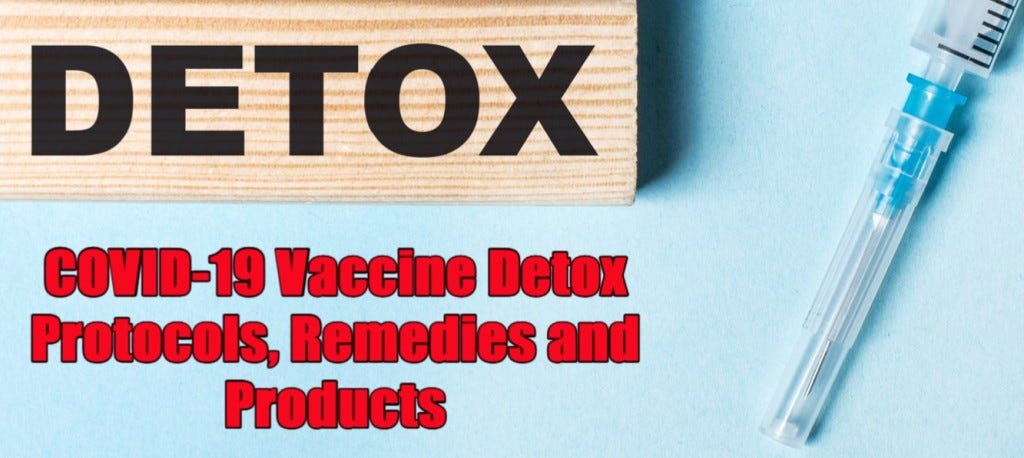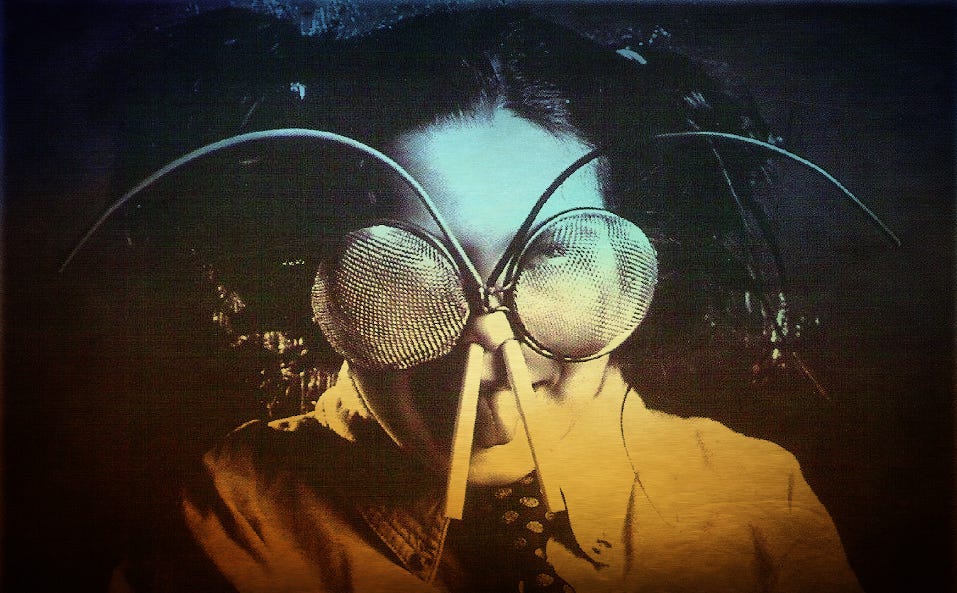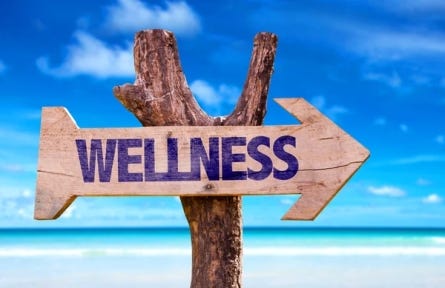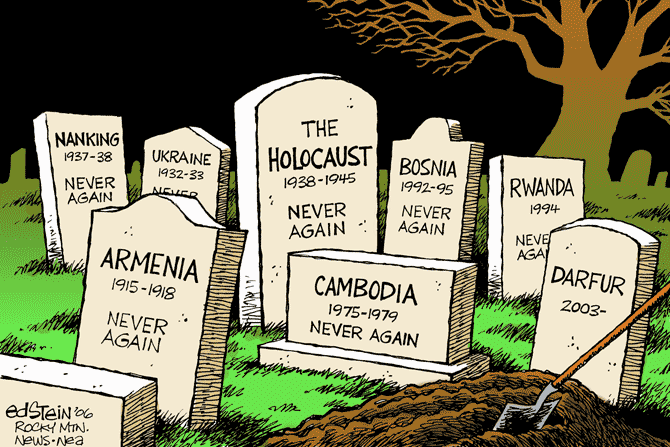The 10 Stages of Genocide...
Do You See Similarities As to What is Happening in Our World Today?
“Ten Stages of Genocide” was a document developed by Dr. Gregory H. Stanton, a professor at Mary Washington University and the Vice President of the International Association of Genocide Scholars (2006). Stanton also leads Genocide Watch, a non-profit organization dedicated to the fight against genocide. (“Ten Stages of Genocide” was originally written in 1996 at the U.S. Department of State as the “Eight Stages of Genocide,” presented at the Yale University Center for International and Area Studies in 1998, and revised in 2013.)

“Ten Stages of Genocide” is a formula for how a society can engage in genocide. Genocide cannot be committed by an individual or small group; rather, it takes the cooperation of a large number of people and the state. The genocidal process starts with prejudice that continues to grow. By knowing the stages of genocide, citizens are better equipped to identify the warning signs and stop the process from continuing.
What is Genocide?
Genocide is a process that develops in ten stages that are predictable, but not inexorable. At each stage, preventive measures can stop it. The later stages must be preceded by the earlier stages, though earlier stages continue to operate throughout the process.
Just a quick note … The United Nations is mentioned throughout this article. I just want to mention that it turns out the UN is “allegedly” complicit in genocide and depopulation as many independent journalists are finding out. They are also involved in the implementation of the UN’s Agenda2030/New World Order/The Great Reset which is depopulation and enslavement of the world. Also complicit are the WEF/WHO and others - I will post relevant links below…
1. CLASSIFICATION:
All cultures have categories to distinguish people into "us and them" by ethnicity, race, religion, or nationality: German and Jew, Hutu and Tutsi. If societies are too segregated (divided) they are most likely to have genocide.
The main way of preventing genocide at this early stage is to develop opportunities in a society for people to work and live together who are from different ethnic, social, national or religious backgrounds. This will allow people to become more tolerant and understanding of each other. In the United States, public schools serve this function, as they are places where all young people can go regardless of their ethnic, social, national or religious backgrounds. This search for common ground is vital to early prevention of genocide.
2. SYMBOLIZATION:
We give names or other symbols to the classifications of ethnicity, race, religion, or nationality. We name people “Jews" or "Gypsies", or distinguish them by colors or dress, and apply them to members of groups. Classification and symbolization are universally human and do not necessarily result in genocide unless they lead to the stage of dehumanization. When combined with hatred, symbols may be forced upon unwilling members of minority groups: the yellow star for Jews under Nazi rule, the blue scarf for people from the Eastern Zone in Khmer Rouge Cambodia.
Sometimes we impose symbols on ourselves like gangs using certain colors. That is the group’s right but sometimes backfires when they are discriminated against. To combat symbolization, hate symbols can be legally forbidden (swastikas) as can hate speech. Group marking like gang clothing or tribal scarring can be outlawed, as well.
The problem is that legal restrictions will fail if unsupported by society. Sometimes if we outlaw certain names but hate exists new names will just take their place. If widely supported, however, denial of symbolization can be powerful, as it was in Bulgaria, when many non-Jews chose to wear the yellow star, depriving it of its importance as a Nazi symbol for Jews. According to legend in Denmark, the Nazis did not introduce the yellow star because they knew even the King would wear it.
3. DISCRIMINATION:
A dominant group uses law, custom, and political power to deny the rights of other groups. The powerless group may not be given full civil rights or even citizenship. Examples include the Nuremberg Laws of 1935 in Nazi Germany, which stripped Jews of their German citizenship, and prohibited their employment by the government and by universities. Prevention against discrimination means full political empowerment and citizenship rights for all groups in a society. Discrimination on the basis of nationality, ethnicity, race or religion should be outlawed. Individuals should have the right to sue the state, corporations, and other individuals if their rights are violated.
4. DEHUMANIZATION:
Dehumanization is when one group treats another group as second-class citizens. Members of a persecuted group may be compared with animals, parasites, insects or diseases. When a group of people is thought of as “less than human” it is easier for the group in control to murder them. At this stage, hate propaganda in print and on hate radios is used to make the victims seem like villains. In fighting this dehumanization, one must remember that there is no right of “freedom of speech” to tell people to commit murder. Outlawing hate speech can help save the lives of those targeted. If a country is on the verge of committing genocide it is no longer a democracy (if it was before), and the broad freedom of speech protected in a democracy may need to be limited in such a country. Hate radio stations should be shut down, and hate propaganda banned. Hate crimes and atrocities should be promptly punished.
5. ORGANIZATION:
Genocide is always organized, usually by the state, though sometimes informally or by terrorist groups. Special army units or militias are often trained and armed. Plans are made for genocidal killings.
To combat this stage, membership in these militias should be outlawed. Their leaders should not be allowed to travel outside their country where they may be able to raise funds or get weapons. The U.N. should enforce arms embargoes on governments and citizens of countries involved in genocidal massacres, and create commissions to investigate violations, as was done in post-genocide Rwanda.
6. POLARIZATION:
Extremists drive the groups apart. Hate groups broadcast propaganda that reinforces prejudice and hate. Laws may forbid intermarriage or social interaction between the groups. Extremist terrorism targets moderates, and intimidates them so that they are silent. Moderate leaders are those best able to prevent genocide and they are often the first to be assassinated.
Prevention may mean security protection for moderate leaders or assistance to human rights groups. Assets (money and property) of extremists may be seized, and opportunities for international travel denied to them. If extremists try to take over the government, then international sanctions should be put in place.
7. PREPARATION:
National or perpetrator group leaders plan the “Final Solution” to the Jewish, Armenian, Tutsi or other targeted group “question.” They often use euphemisms to cloak their intentions, such as referring to their goals as “ethnic cleansing,” “purification,” or “counter-terrorism.” They build armies, buy weapons and train their troops and militias. They indoctrinate the populace with fear of the victim group. Leaders often claim, “If we don’t kill them, they will kill us.” Prevention of preparation may include arms embargos and commissions to enforce them. It should include prosecution of incitement and conspiracy to commit genocide, both crimes under Article 3 of the Genocide Convention
8. PERSECUTION:
Victims are identified and separated out because of their ethnic or religious identity. Death lists are drawn up. In state sponsored genocide, members of victim groups may be forced to wear identifying symbols. Their property is often confiscated. Sometimes they are even segregated into ghettoes, deported into concentration camps, or confined to a famine-struck region and starved. Genocidal massacres begin. They are acts of genocide because they intentionally destroy part of a group. At this stage, a Genocide Emergency must be declared. If the political will of the great powers, regional alliances, or the U.N. Security Council can be mobilized, armed international intervention should be prepared, or heavy assistance provided to the victim group to prepare for its self-defense. Humanitarian assistance should be organized by the U.N. and private relief groups for the inevitable tide of refugees to come.
9. EXTERMINATION:
Extermination begins, and quickly becomes the mass killing legally called "genocide." It is "extermination" to the killers because they do not believe their victims to be fully human (see dehumanization). When it is sponsored by the government, the armed forces often work with private armies to do the killing. Sometimes the genocide results in revenge killings by groups against each other, creating the downward whirlpool-like cycle of mutual genocide where the victims actually organize and commit a second genocide on the perpetrators.
At this stage, only rapid and overwhelming armed intervention can stop genocide. Real safe areas or refugee escape regions should be established with heavily armed international protection. The U.N. needs troops that can go in to genocidal areas and stop the killing when the U.N. Security Council calls it. The U.N. may decide to act through regional military forces from organizations like NATO. Relief groups should be prepared to assist the victims.
If the U.N. will not get involved directly, militarily powerful nations should provide the airlift, equipment, and financial means necessary for regional states to intervene with U.N. authorization.
10. DENIAL:
Denial is the tenth stage that always follows genocide. It is among the surest indicators of further genocidal massacres. The perpetrators of genocide dig up the mass graves, burn the bodies, try to cover up the evidence and intimidate the witnesses. They deny that they committed any crimes, and often blame what happened on the victims. They block investigations of the crimes, and continue to govern until driven from power by force, when they flee into exile. Leaders of the genocide continue to deny the crime unless they are captured and a tribunal (special court) is established to try them.
The best response to denial is punishment by an international tribunal or national courts. There the evidence can be heard, and the perpetrators punished. Tribunals or international courts must be created. They may not prevent the worst genocidal killers, but at least some mass murderers may be brought to justice.
Related:
👉 VIDEO - The 10 Stages of Genocide
👉 "The Fall Of the Cabal" - Original 10 Part Series and the Sequel
👉 The United Nations: Population Control
👉 Secrets of the United Nations
👉 The Deagel Report Predicts Massive Depopulation By 2025/2030
👉 World Health Organization Information
👉 The Truth About the World Health Organization's (WHO) Director-General Tedros Adhanom Ghebreyesus
👉 WHO Chief Tedros’ Marxist Political Party Accused of Mass Rape, Murder in Ethiopia
👉 A Short History of Klaus Schwab and the World Economic Forum








🟠 Covid Vaccine Detox Remedies and Protocols Website: www.DiamondzDetox.com
🟠 Dr. Peter McCullough Recommends “Spike Support” With Nattokinase to Dissolve Spike Protein From the Covid Jab: https://tinyurl.com/5n99uvjv
🟠 Order Ivermectin – Hydroxychloroqine – Azithromycin (Z-Pack), Budesonide and Other Meds Online: www.BodywisePharmacy.com
🟠 Covid and Contagion Emergency Kits – Includes Medications: http://tinyurl.com/4ext772u
🟠 Fenbendazole For Cancer – Info and Purchase: http://tinyurl.com/pez387se
🟠 Organic B-17/Apricot Seeds/Laetrile – Info and Purchase: http://tinyurl.com/3wmbydaj
🟠 Dr. Zev Zelenko’s Products Include “Z-Detox” For Covid Vaccine Protection – “Z-Flu” Protection Against Colds and Flu and “Z-Shield” which helps defend against dormant viruses. All Products Can Be Found Here: https://tinyurl.com/yc8zhusw
🟠 Zeolite for Detox/Metabolism/Energy/Antioxidants: https://tinyurl.com/53uxv89j
🟠 Chlorine Dioxide (MMS): https://tinyurl.com/43kdtmr3
🟠 Alternative Health Blog: www.DiamondzUltimateHealth.com








